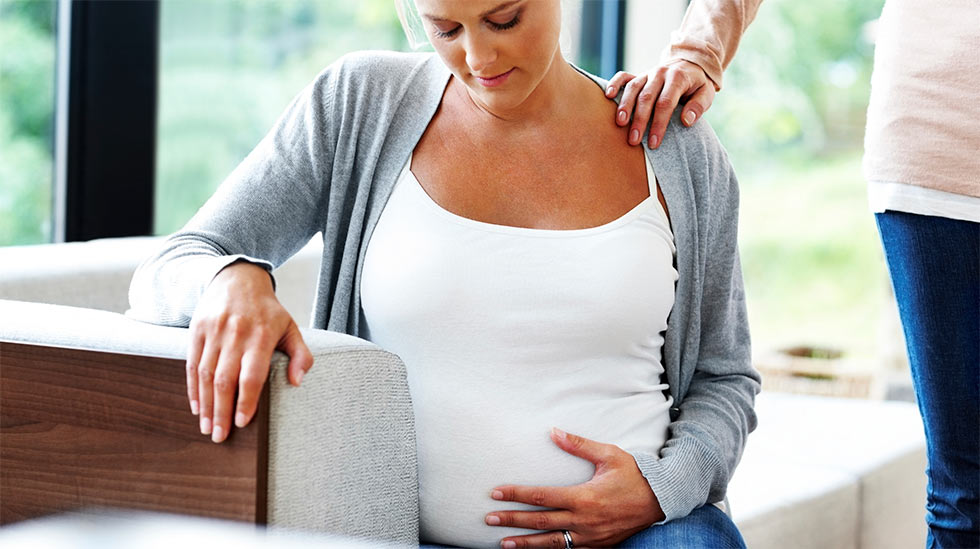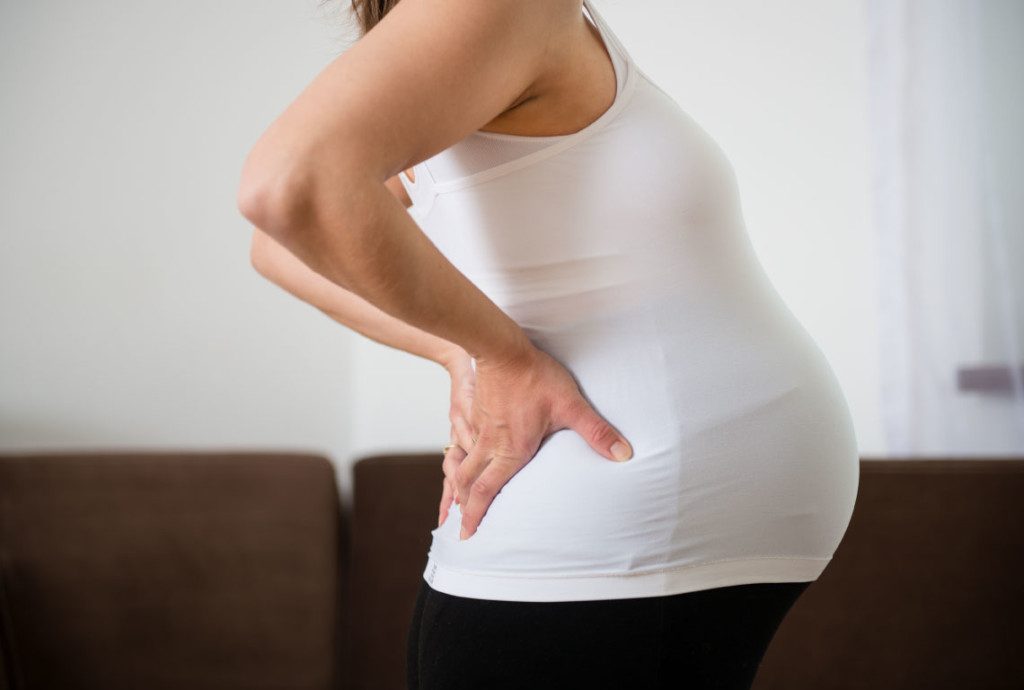
The experience of giving birth differs from one woman to another and even from one pregnancy to the next for the same woman. Therefore it is quite difficult to generally state the common signs of labor. Studies reveal that science hasn’t figured out the mechanism which brings on labor. Walking and eating spicy foods are some of the old misconcepts which are believed to bring labor soon. However, two techniques that may get the process started are having sex and stimulating the nipples.
Having sex might not be comfortable at this point in pregnancy, but sperm has prostaglandins, a hormone-like compound to soften up the cervix and to bring labor under way. Nipple stimulation could help bring on labor for a woman who is at her due date and to have a normal healthy pregnancy. Try rolling one nipple between her fingers until a contraction occurs. Once the contraction takes place, stop rolling and wait a full five minutes before doing it again. This method can be done for up to an hour or two. It’s not recommended to roll both nipples at the same time because this can create too many strong contractions. Generally there are six common signs to look for when the baby might be on its way.

One of the indication is when once women feel as though the baby has dropped into a lower position in her pelvis which is known as “lightening”. This actually means that the baby is getting into a head-down position and is in preparation for birth.
Once the baby settles into a lower position, this eases pressure on a woman’s diaphragm making it easier for her to breathe. But at the same time it also puts more pressure on her bladder resulting in frequent bathroom visits.
A woman’s uterus contracts in her entire pregnancy. Near the end of pregnancy, uterine contractions start to move the baby down into a lower position and will help to push the baby out into the world. True labor actually involves regular, rhythmic, intense contractions that become closer than five minutes apart for more than an hour or two and they usually start in a woman’s back and then tends to come around to the front.
True contractions last for 30 to 90 seconds and continue regardless of activity level or position. False labor contractions, also known Braxton Hicks contractions, occur at irregular time intervals and do not get closer together over time. Compared to true labor, false contractions are usually felt in the front of the body in the lower abdomen. They are typically weak in strength and may stop when a woman walks, rests or changes her position.
When this protective amniotic sac ruptures, some women experience a gush of liquid when compared to others.
A pregnant woman’s water can break days before labor starts, during labor or not at all.
Once a woman’s water breaks, the baby is no longer surrounded by a protective fluid and could be at risk of developing an infection. It is advised to deliver the baby within a day or two of its occurrence.
Women might feel increasing pressure or cramping in her pelvic, a dull ache in her lower back and rectal areas during labor.

A pink, brown or slightly bloody discharge called as “bloody show,” is often caused during the last stage of labor by the release of a mucous plug that blocks the cervix during pregnancy. The mucous plug gets loosened up as the cervix begins to dilate during the first stage of labor. However if there are issues like heavy bloody discharge immediate help must be taken.
Some women have diarrhea at the beginning of labor or they may start vomiting.
It is the most powerful creation to have life growing inside of you.There is no bigger gift